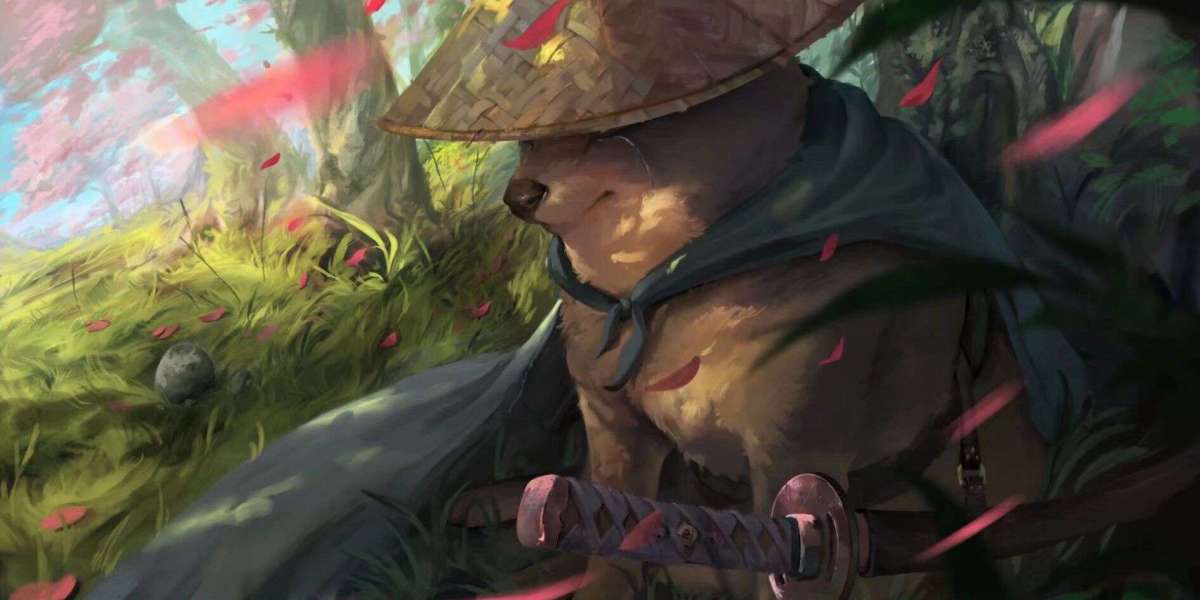Unraveling the Allure: Discover the Timeless Elegance of Silk Kimonos
Silk kimonos, with their flowing fabrics and intricate designs, are more than mere garments; they are a celebration of culture, artistry, and history. Originating from Japan, these elegant robes have captured the hearts of many, symbolizing grace and sophistication. The allure of silk kimonos lies not only in their luxurious materials but also in the stories they tell. Each piece carries whispers of tradition, reflecting the craftsmanship and dedication of artisans who have perfected their art over centuries. In this article, we will delve into the captivating history of silk kimonos, explore the diverse styles that have emerged, and examine their contemporary uses. Whether worn during special ceremonies or as fashionable statement pieces, the silk kimono remains an emblem of timeless elegance.

The History of Silk Kimonos
The journey of the kimono begins in the Heian period (794-1185) in Japan, where it evolved from simpler forms of clothing into the ornate, layered garments we recognize today. Initially, kimonos were made from hemp, but as trade routes expanded, silk became the fabric of choice, celebrated for its softness, sheen, and durability. The introduction of silk marked a turning point, as this luxurious material allowed for vibrant dyes and intricate patterns, elevating the kimono from functional attire to a symbol of status and elegance.
During the Edo period (1603-1868), the kimono underwent significant transformation, reflecting the social changes of the time. The rise of the merchant class led to a greater demand for stylish and elaborate kimonos, resulting in the development of new styles and techniques such as dyeing and embroidery. Each era brought its own influences, from the bold colors of the Showa era (1926-1989) to the minimalist aesthetics of the contemporary age. Today, the kimono stands as a testament to Japan's rich cultural heritage, celebrated in festivals and worn by individuals seeking to connect with their roots.
Styles of Silk Kimonos
The world of silk kimonos is as diverse as it is beautiful, showcasing a variety of styles that cater to different tastes and occasions. Traditional kimonos are often characterized by their long sleeves and T-shaped silhouette, with designs ranging from floral motifs to intricate landscapes that tell a story. These patterns are not just decorative; they carry significant meanings, often symbolizing hope, longevity, or prosperity.
Modern interpretations of silk kimonos have emerged, blending traditional elements with contemporary designs. For instance, some kimonos are now crafted with shorter sleeves and lighter fabrics, making them more suitable for casual wear or summer outings. My friend recently wore a stunning silk kimono to a summer garden party, paired with a simple tank top and jeans. The blend of elegance and comfort made her stand out, showcasing how versatile kimonos can be in everyday fashion. Special occasions also call for unique styles, such as the formal furisode, which features long sleeves and elaborate designs, traditionally worn by young women during ceremonies.
Uses of Silk Kimonos Today
In today's fashion landscape, silk kimonos have found their place beyond traditional ceremonies. They are embraced by fashion enthusiasts and designers alike, often seen on runways and in street style. Silk kimonos can be styled in numerous ways, adding an air of sophistication to any outfit. Many people wear them as statement pieces over simple dresses or paired with casual attire, effortlessly transitioning from day to night.
Cultural ceremonies continue to honor the silk kimono, with many individuals donning them during weddings, tea ceremonies, and festivals, where they connect with their heritage. Additionally, as the global interest in sustainable fashion grows, many are turning to silk kimonos as a timeless addition to their wardrobes, celebrating their craftsmanship and durability. The resurgence of the kimono in global fashion reflects a broader trend of embracing cultural garments, allowing silk kimonos to evolve while retaining their essence.
Timeless Elegance of Silk Kimonos
The silk kimono is a remarkable garment that embodies elegance, tradition, and versatility. Its rich history, diverse styles, and contemporary relevance make it a cherished piece of clothing in both Japan and around the world. As we navigate through modern fashion, it is essential to appreciate the cultural significance and artistry behind silk kimonos. Whether worn during special occasions or incorporated into daily wear, silk kimonos offer a unique blend of style and heritage that resonates with many. Embrace the allure of silk kimonos, and consider adding this timeless piece to your wardrobe, celebrating its beauty and the stories it carries.








